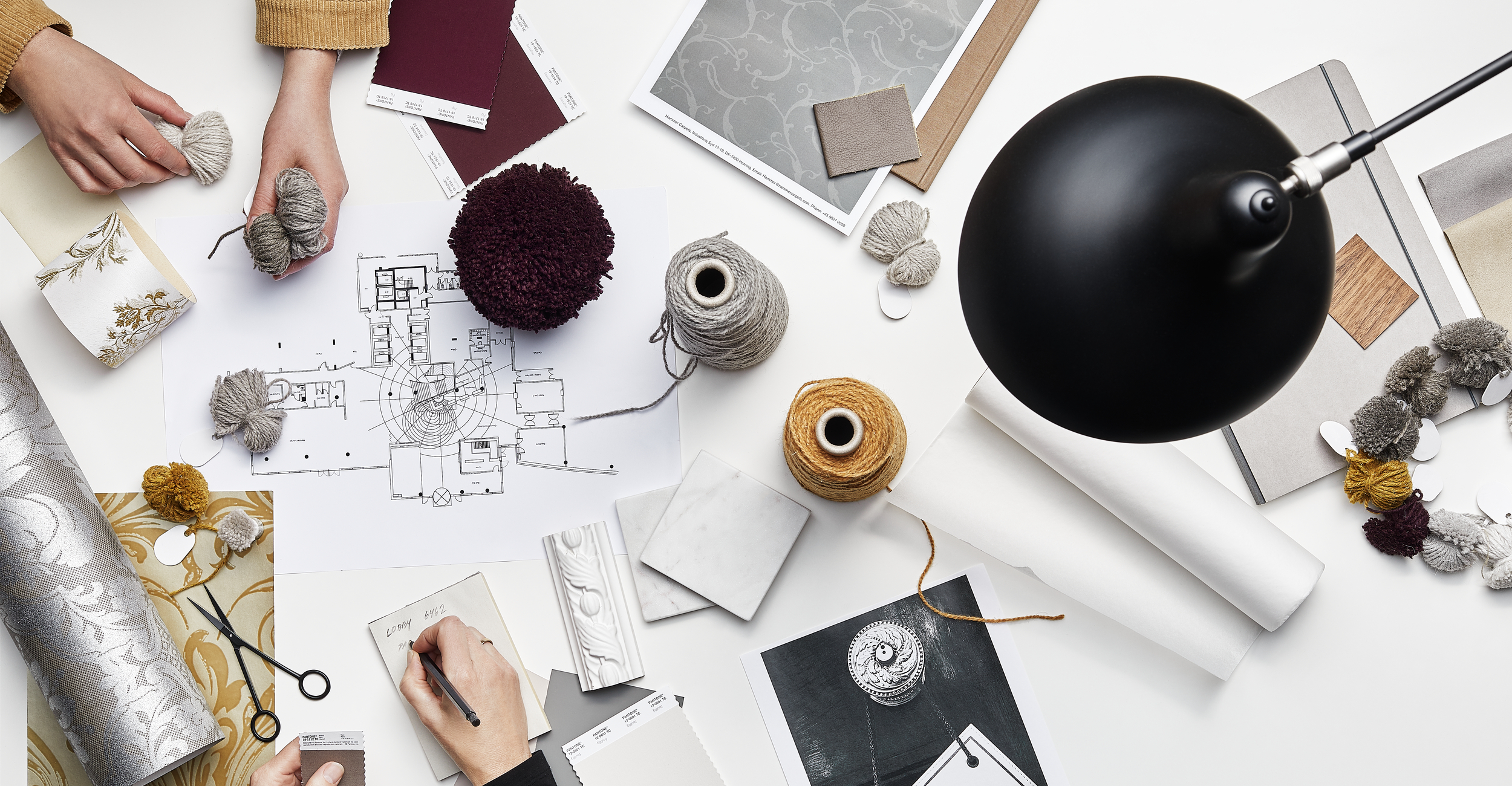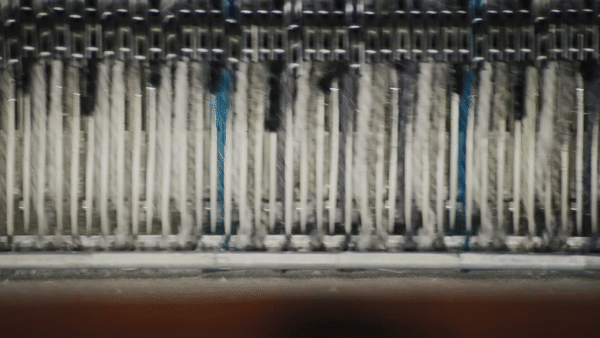Language
{{selectedLang.lang}}

The history. The Palácio Ludovice Wine Hotel is located in the heart of
Lisbon, Portugal, amidst the mythical Chiado, Bairro Alto and Príncipe
Real neighbourhoods, and facing the breath-taking panoramic views of
the São Pedro de Alcântara and the emblematic Glória tram. The palace
is former private residence of João Federico Ludovice, architect to King
João V. In the early 1700, Ludovice arrived in Lisbon, commissioned to
transform the king’s architectural desires into reality. In search of a place
to build his private residence, Ludovice found this perfect spot.


Ludovice developed a facade in five floors of unequal heights and dimensions,
opened by a large central door with decorated pilasters, windows framed in
stone, balconies with stunning views over Lisbon, 18th century white-and-blue
tiled walls, a chapel with Masonic symbols and a Hebraic inscription, palatial
rooms with stucco ceilings and a majestic staircase. This was the first place of
its kind and one to occupy an entire block.
After the Ludovice era, the building was turned into the headquarters of the
police. And more recently, it was home to the Port Wine Institute – a historical
fact with great impact on the current design concept, including the beautiful
Colortec carpets.




The design concept. Recently, the palace was completely transformed
and turned into 61 rooms and suites. The interior is tailored to create the
ultimate luxury boutique hotel experience and includes 600 m2 soft and
luxurious premium quality Colortec carpets made from exquisite predyed
wool. The custom carpets feature an elegant design inspired by the
vineyards and slopes of the Douro, the place of origin of the port wine.
In charge of the renovation work at Palácio Ludovice Wine Hotel was the
renowned Portuguese architect and designer, Miguel Câncio Martins,
internationally recognised for projects such as the Buddha Bar in Paris
and the Opium in London. Under his care and creative direction, the
original white-and-blue tiles from the 18th century, the fresco paintings
and the stucco ceilings were preserved, and a new and palatial
accommodation arose in this historical landmark.



